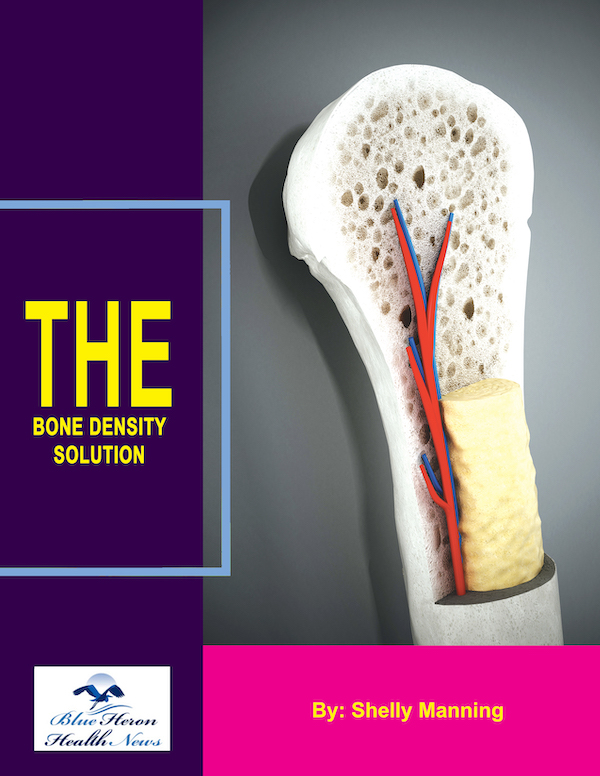
The Bone Density Solution By Shelly Manning The Bone Density Solution is worth considering for all those who are looking for an effective and lasting solution for the pain and inflammation caused by osteoporosis. The solutions are natural and can contribute to the overall well being. You just need to develop some healthy habits and add the right food to your diet to get the desired benefit.
How accurate is a DEXA scan?
A DEXA (Dual-Energy X-ray Absorptiometry) scan is considered to be the gold standard for assessing bone density and diagnosing osteoporosis and osteopenia. It is a highly accurate and reliable method, but, like all medical tests, its accuracy can be influenced by several factors. Here’s an in-depth look at its accuracy:
1. Precision in Measurement
-
Bone Density Measurement:
DEXA scans provide precise measurements of bone mineral density (BMD) by calculating the amount of X-ray radiation absorbed by the bone. The accuracy of the measurement is generally within 1–2%. This means that when the test is repeated on the same person under the same conditions, the results should be consistent within this margin. -
Bone Sites:
DEXA is most commonly performed on the lumbar spine, hip, and sometimes the forearm. These sites are particularly important because they are the areas most affected by osteoporosis and are where fractures are most likely to occur.- The hip and spine are the gold standard areas for assessing fracture risk.
- The wrist or finger can be measured in cases where the hip or spine cannot be assessed, but these measurements are less predictive of fracture risk.
2. Sensitivity and Specificity
- Sensitivity refers to the test’s ability to correctly identify individuals who have low bone mass (osteoporosis or osteopenia).
- DEXA has high sensitivity, typically around 80–90%, meaning it is good at detecting those with low bone density. However, it is not perfect, and some cases of early bone loss may be missed.
- Specificity refers to the test’s ability to correctly identify those who do not have low bone density.
- DEXA also has high specificity, around 85–95%, meaning it is good at ruling out bone density problems in people who do not have them. However, false positives can occur, especially in people with other health conditions affecting the bone (such as Paget’s disease or certain cancers).
3. Accuracy for Fracture Prediction
- Fracture Risk:
DEXA is a strong predictor of fracture risk in postmenopausal women and older adults. The results can provide a T-score and Z-score:- T-score: Compares the individual’s BMD to the average peak bone mass of a healthy young adult of the same sex. A low T-score (below -2.5) indicates osteoporosis.
- Z-score: Compares the individual’s BMD to others of the same age and sex. It is more commonly used for younger individuals.
While DEXA is excellent at assessing bone density, it has limited ability to predict fractures based solely on bone density. Other factors, such as age, gender, history of fractures, family history, and overall health, also play a role in fracture risk.
4. Factors That Can Affect DEXA Accuracy
While DEXA is very accurate in general, several factors can influence the results:
- Obesity: Excess body fat, especially in the abdominal area, can affect the readings, especially if the abdomen is being measured.
- Degenerative Changes: Conditions like spinal osteoarthritis or spinal deformities can lead to inaccurate readings of the spine’s bone density.
- Metal Implants: Hip replacements, screws, or other metallic implants can interfere with the scan, leading to inaccurate results in the hip area.
- Recent Fractures: If an individual has had a recent fracture or injury, it can temporarily alter bone density and result in misleading readings.
- Medications: Certain medications, such as steroids, can affect bone density and alter the results.
- Positioning: Proper positioning during the scan is crucial. Any movement or misalignment can distort the results.
5. Comparison with Other Bone Density Tests
Although DEXA is widely regarded as the most accurate test for assessing bone density, other tests like QCT (Quantitative CT) and QUS (Quantitative Ultrasound) have some limitations when compared to DEXA:
- QCT can be more accurate in certain cases, especially when assessing spinal trabecular bone, but it exposes the patient to more radiation than DEXA.
- QUS is radiation-free and portable but less accurate and often used for screening rather than diagnostic purposes.
6. Long-Term Monitoring
For individuals undergoing treatment for osteoporosis or those at high risk, DEXA can be useful for monitoring bone density over time. It helps evaluate whether lifestyle changes, medications, or other interventions are helping improve or maintain bone health. However, DEXA results may not show significant changes in bone density over short periods, so it’s typically recommended to space out repeat scans by 1–2 years.
Conclusion
A DEXA scan is a highly accurate and reliable method for assessing bone density and diagnosing conditions like osteoporosis and osteopenia. It provides precise measurements with minimal radiation exposure and is effective in predicting fracture risk. However, its accuracy can be influenced by factors like obesity, degenerative bone conditions, and metal implants. For most people, DEXA remains the gold standard for bone density testing, but other tests may be used in specific circumstances or as adjuncts to provide a more comprehensive picture of bone health.
The Bone Density Solution By Shelly Manning The Bone Density Solution is worth considering for all those who are looking for an effective and lasting solution for the pain and inflammation caused by osteoporosis. The solutions are natural and can contribute to the overall well being. You just need to develop some healthy habits and add the right food to your diet to get the desired benefit.